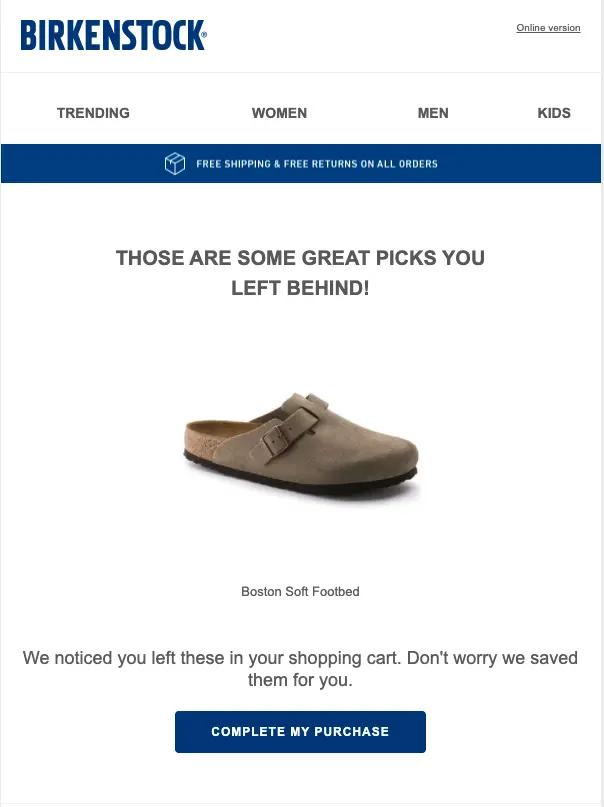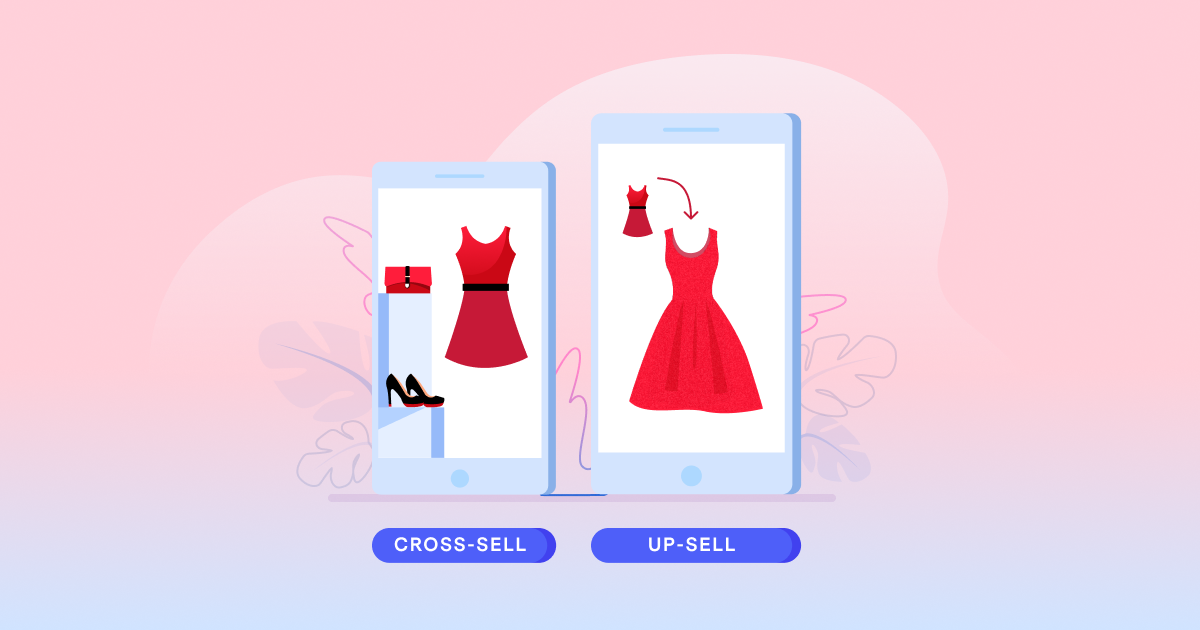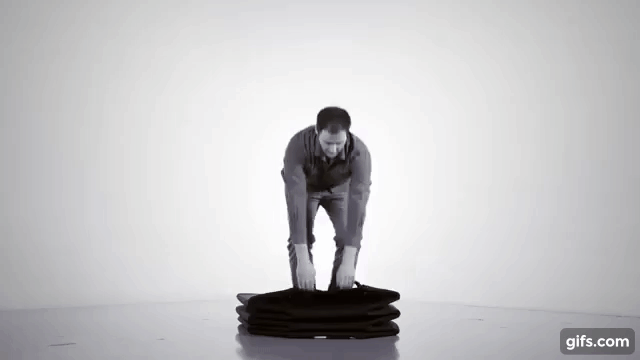What is Upselling and How Marketing Automation Can Help You Use It
If you’ve ever shopped on Amazon, noticed a suggestion for a more expensive version of a product in your cart, and then replaced your cart item with the more expensive version, congratulations. You’ve been upsold. Businesses in every industry include upselling in their marketing strategy. Ever been asked if you want to make your burger […] The post What is Upselling and How Marketing Automation Can Help You Use It appeared first on BenchmarkONE.

If you’ve ever shopped on Amazon, noticed a suggestion for a more expensive version of a product in your cart, and then replaced your cart item with the more expensive version, congratulations. You’ve been upsold.
Businesses in every industry include upselling in their marketing strategy. Ever been asked if you want to make your burger a deluxe? Or noticed that for just a small amount more, you can add a few more features to that software you’re purchasing?
All of these things are examples of upselling, and all of them work. Quite well, in fact. But let’s take a closer look at upselling and how you can put it into practice.
What Is Upselling?
Upselling is a powerful and effective marketing technique through which you target a customer who is already prepared to buy from you and then offer a more advanced product, service, feature, or upgrade. When it’s done right, upselling can dramatically improve your bottom line by increasing the size and profitability of each sale. In a nutshell: the goal of upselling should be to increase the order value for the seller and create more value for the buyer.
When putting this into practice, it’s important to strike the right balance so that customers don’t feel pressured into spending more than they’re comfortable with. If they do, they could lose trust in your brand, and you’ll ruin any chance of them being a future customer.
What Is The Difference Between Upselling And Cross-Selling?
People often use the terms “upselling” and “cross-selling” interchangeably, but there is a big difference between the two.
Upselling focuses on convincing a customer to buy a more expensive version of the product they were originally interested in. For example, convincing a customer to purchase a deluxe version of a product instead of the basic version.
Cross-selling, on the other hand, focuses on convincing a customer to buy related products in addition to the product they were originally interested in. For example, convincing a customer buying a dress to also buy shoes and a purse to match.
Some businesses use bundling as a cross-selling strategy. This involves selling two or more products together at a discounted price. For example, many cell phone companies encourage customers to buy phones and plans together by offering discounts on both items. Or, when buying a new computer, you might be offered a special deal on a printer to go with it.
Both cross-selling and upselling are effective selling techniques that can help boost your sales, and you can use both in your sales process.

Why Should Upselling Be A Part Of Your Strategy?
When it comes to driving sales and increasing revenue, upselling is a key strategy that you should be employing. Here are a few reasons why:
- Upselling allows you to make more money from each customer that you serve. And since it costs far less to sell to an existing customer than to acquire a new one, this is a great way to increase your business revenue.
- It increases your average order value (AOV). By offering customers additional products or services, you can increase the amount they spend per transaction. This can be especially beneficial during slow periods when you need to make up for lost sales.
- It helps to build customer trust, loyalty, and retention. When customers see that you’re interested in assisting them to get the most out of their purchase, they’re more likely to stick with you in the future. This often leads to repeat business and higher customer satisfaction rates.
- It increases the chance of getting referrals and word-of-mouth marketing. By offering customers additional services and add-ons that complement their original purchase, you’re providing them with value they’ll appreciate. Customers who are happy with their purchase will likely tell others about your business.
Best Practices For Upselling
Now that you know what upselling is, the next step is figuring out how to apply this concept to your own business. The beauty of upselling is that it’s not industry-specific, so regardless of what product or service you sell, certain universal strategies apply. Here are a few such strategies to keep in mind.
1. Know Your Customers
In-depth knowledge of your clientele is critical to the success of any upselling initiative. To get people to bite, you need to really understand their wants, needs, preferences, and pain points. Think about a waitperson at a local high-end restaurant. He might take note of the wine preferences of his regular customers so that the next time they come in, he can suggest they try a bottle of a new (more expensive) brand. Not only does this boost profits, but it also creates a more personalized experience for the customer.
2. Be Strategic
You may think that the more upsells you offer your customers, the better the outcome, but that’s not necessarily the case. In fact, too many offers can end up confusing and even possibly drive away your customers. When developing upsell ideas, focus on providing a solution without creating more questions. For instance, don’t offer many different options when providing upsell and cross-sell recommendations. Stick with a few well-targeted ones. This will increase the likelihood of a successful sale.
3. Stick to the “Rule of 25”
Research indicates that for upselling to be successful, the additional products/services/features should never be more than 25% of the original order. In other words, if you’re selling cars and a customer comes in to purchase a Hyundai, trying to upsell to a Lamborghini probably wouldn’t be very effective.
Instead, you should only try to sell a vehicle that costs 25% more than the Hyundai. Likewise, if you are cross-selling, you shouldn’t try to sell anything additional that costs more than 25% of the original order amount.
4. Be Customer-Centric
Getting caught up in trying to sell the most expensive option as an upsell can be easy, but this is not always what the customer wants. By taking the time to understand their needs, you can offer them a tailored solution that they are more likely to be happy with in the long run.
And if they say no, let it go. Do not be so focused on the upsell that you become pushy. In the end, it’s more important that your customer leaves happy than you end up with a better sale.
5. Get Creative
If you can find new and innovative ways to sell your products or services, you’ll be much more successful than if you’re just going through the motions. Create a unique angle that will capture your customer’s attention.
This tip can go hand-in-hand with a personalized marketing approach. When you approach a sale with the willingness to make it a unique process that is more catered to the individual’s needs, then it will be remembered positively. Your customer will remember how you listened to what they wanted and offered them a solution, especially if you didn’t take a straight path to get there.
6. Be Transparent
No one wants to be tricked into spending more money, and when salespeople neglect to share all the information, that’s how the customer will feel. Instead, be clear about what you’re offering and the benefits; don’t over-promise when you know your products will underdeliver. Don’t try to hide any costs or add on extra fees at the last minute. If the customer feels they can trust you and that you’re being as transparent as possible, they’ll be more likely to say yes to your upsell.
How Marketing Automation Helps You Facilitate Effective Upselling Opportunities
With marketing automation, you’re able to track how your customers interact with your website and your content so you can better understand their needs and identify and take advantage of upselling opportunities.
This sounds like a 24/7 job; however, by automating tasks like sending follow-up emails and pairing that with contact segmentation, you’re able to send your customers tailored messages and offers, all while you’re busy getting other things done.
Pairing your marketing automation with a CRM means you can store all this crucial customer data and use it to know more about them. By examining this data, you can automatically provide targeted offers that align with your customer’s needs, improving the customer experience. These targeted offers can include upsells or product recommendations that are at a higher price point and drive more sales, all while providing more value to your customers.
With marketing automation features, like segmentation and personalization, you can ensure each upsell is relevant, so your customers are more satisfied.
Upselling, when done correctly, can help strengthen relationships with your customers while boosting profits simultaneously. It’s a win-win. By using marketing automation software, like BenchmarkONE, you can craft automated email campaigns focused on upselling and give your business the best chance of securing more lucrative business with your existing customers. Sign up for a free plan here!
The post What is Upselling and How Marketing Automation Can Help You Use It appeared first on BenchmarkONE.
















:quality(85):upscale()/2024/03/22/918/n/1922283/5be4f6c365fdf1fdcc2d37.86276259_.jpg)


